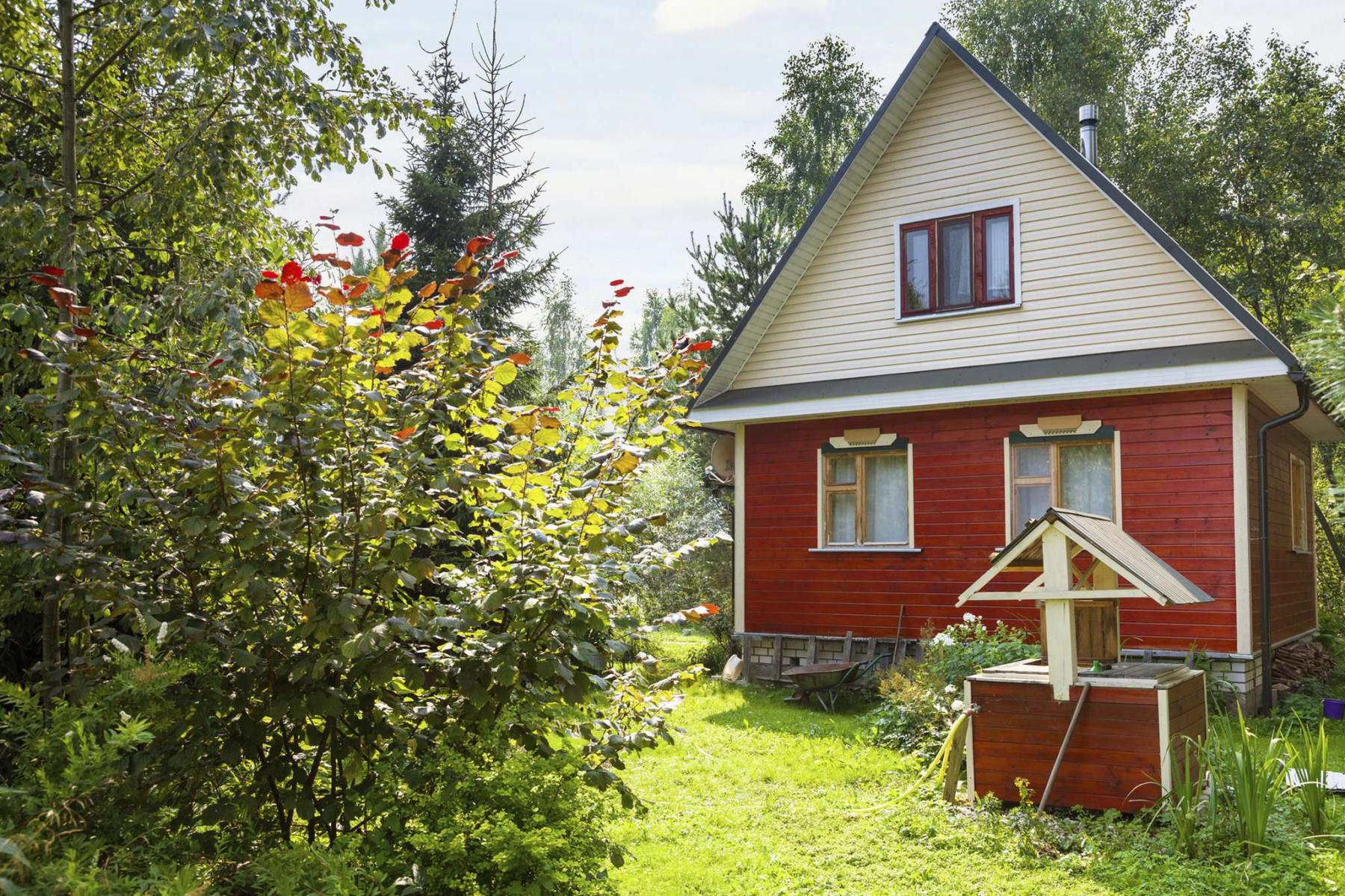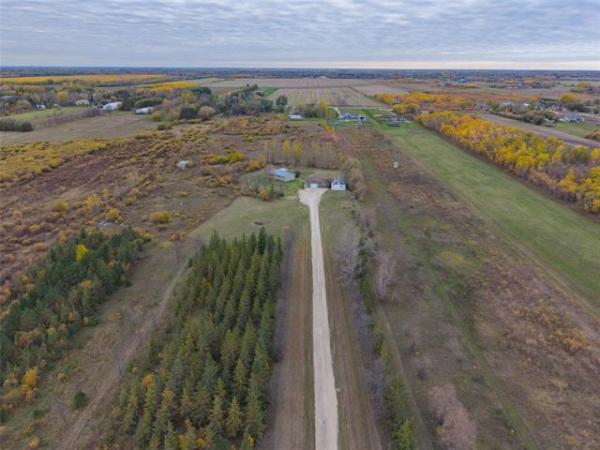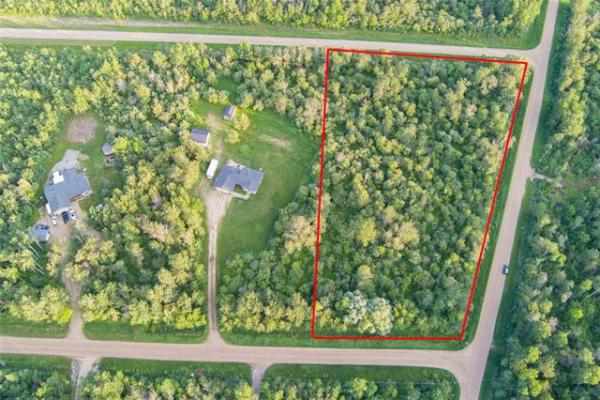QUESTION: We have a small farmhouse in the country. It has an oil furnace for heating, which is expensive in the winter. It has an unfinished basement with copper water pipes. We don’t go to the farm at all in the winter, so it sits empty. I was thinking of shutting down the water, draining the pipes and leaving the house over the winter with no heat.
Is this going to be a problem or will it be OK with all the pipes, including the hot-water tank drained and antifreeze put in the traps?
Thanks,
— Gary Quilty
Answer: The answer to your inquiry will partially depend on the construction of the home. Some components of older buildings may be damaged by freezing, while others may hold up quite well. While it may be fairly easy to prevent damage to the plumbing, preventing moisture-related damage to other interior components may be more difficult.
Shutting off the heat in a building for the winter is quite common for many people who have seasonal cottages, particularly in lake country. Some of these may be insulated and set up for year-round use, but it can be cost-prohibitive to heat the entire structure all winter for a few weekend outings in the cold heating season. For that reason, many homeowners, including myself, choose to drain their plumbing systems to prevent freezing and leave their vacant summer dwellings unheated for the winter. If the water-supply system is properly designed for draining, or is easily emptied with use of a compressor, there can be little to no effect from this winter shutdown. The real issue may be other interior components of the home that can be damaged.
Evacuating the water from most homes’ plumbing supply and drains can be a fairly straightforward task. Since you have high-quality copper pipes, with primarily soldered joints and connections, there is little chance of winter damage, unless there remains a significant amount of water in some sections. If any sections of the pipes are mostly filled with water, even after they are drained and the supply shut off, they could be damaged from expanding liquid as it freezes or thaws. This normally occurs at joints, but may happen in any pipes that are significantly lower than the surrounding ones. To avoid this issue, opening all the faucets after turning off the supply and blowing the pipes out with an air compressor, until no more water is seen exiting any fixtures, should be sufficient.
To prevent damage to your plumbing drains, no matter what their composition, pouring plumbing antifreeze into all openings until it replaces the existing water in the traps will do the trick. Since the drains are not under pressure, unlike the copper pipes, and are only partially filled with water at any time, there is little chance of expansion-related damage, except at the traps. Plumbing antifreeze may also be poured into the supply pipes, if there are troublesome areas impossible to completely drain, even with a compressor. After completing these two tasks, you should be fairly confident to turn off the heat for the long, cold winter.
The other main concern with a lack of heat for the building for the winter is moisture damage of the wall and ceiling coverings. As with most issues in homes, potential problems could be moisture-related. If you have older plaster — or gypsum-based drywall — on the walls and ceilings, you may have a legitimate concern. Because these materials are quite porous, they can absorb and release a fair amount of water vapour from the air. If your farmhouse is in an area with fairly high relative humidity, and no air conditioning, the wall coverings may absorb quite a bit of this moisture in the humid summer months. If you shut off the heat without these surfaces having a chance to slowly release their moisture content, they can become damaged. Hairline cracks may expand and get worse during freezing weather. Conversely, if the wall and ceiling coverings are too dry, they may shrink and crack due to contraction from the very cold temperatures.
Moisture damage does not normally occur in seasonal buildings that have primarily wood or plywood panelling, as these products are naturally more resistant to damage from expansion and contraction. Fibreboard or particleboard panelling may also buckle or warp from changes in temperature and humidity levels. So, determining the composition of these house components may help in your decision whether to shut off the heat.
The final concern with your planned winter shutdown is also moisture-related, and that is condensation. No matter what the composition of the wall and ceilings are, your building components may be subject to damage or mould growth from condensation. Because you will have limited air circulation in the farmhouse during the winter vacancy, the moist indoor air may quickly condense on cooler surfaces when the heat is shut off. This could also happen repeatedly during the winter if the indoor air is heated from passive solar energy through the windows. This may be more significant in rooms that are south- and west-facing, but can also occur in cabinets, closets and other areas with minimal airflow. If this occurs, the solution may be to leave all doors in the home wide open, or to use a ventilation system or ceiling fans to ensure improved air circulation when the place is closed up.
Draining the water-supply pipes and using plumbing antifreeze to prevent damage to the plumbing components in your unheated farmhouse during the winter should be easily achievable. Ensuring the walls, ceilings, cabinets and other components are not damaged by indoor air-related moisture issues may require further planning — even some form of mechanical ventilation or air-circulation system — when the building is left vacant.
Ari Marantz is the owner of Trained Eye Home Inspection Ltd. and the past president of the Canadian Association of Home & Property Inspectors — Manitoba (cahpi.mb.ca). Questions can be emailed to the address below. Ari can be reached at 204-291-5358 or check out his website at trainedeye.ca.
trainedeye@iname.com




